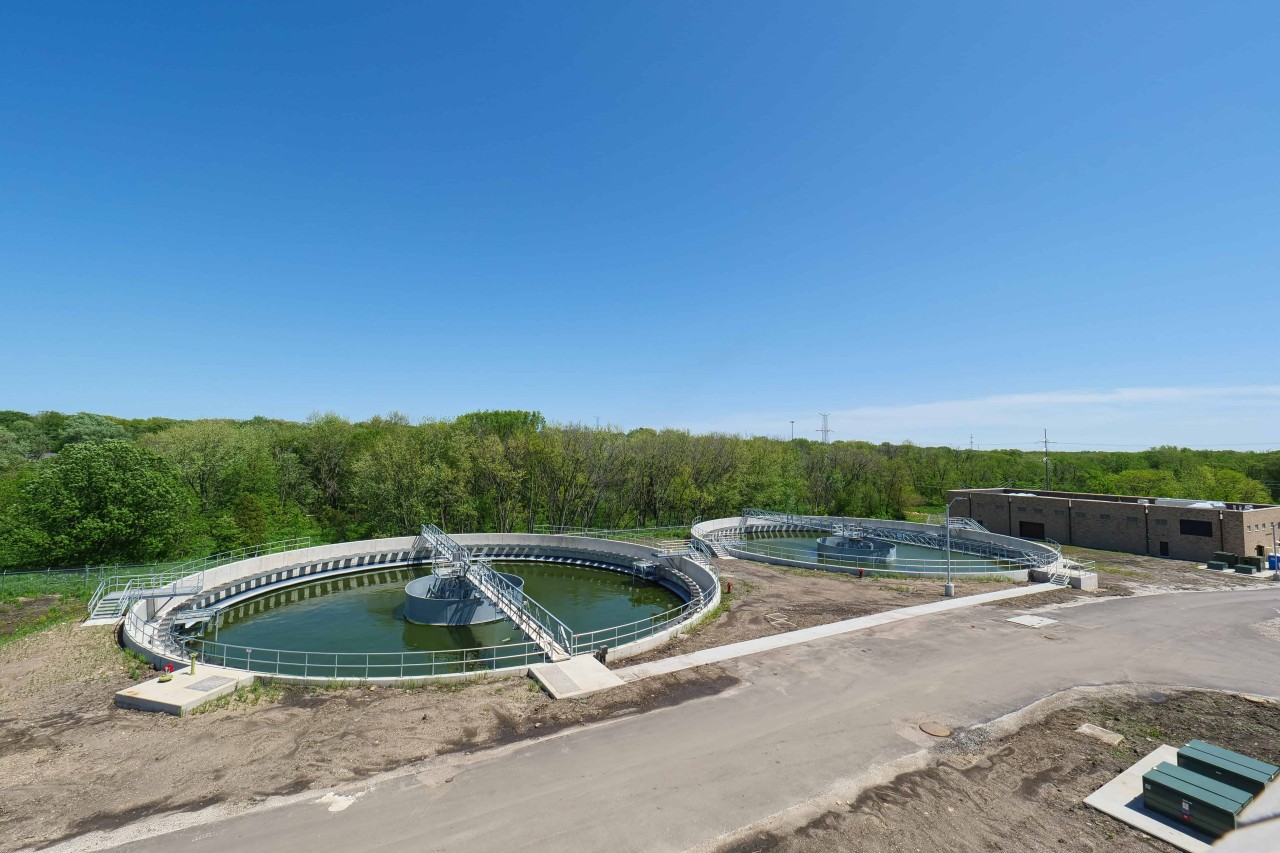Mastering water quality parameters for wastewater ensures community health
Water quality management is serious. Municipalities must manage the chemical, physical and biological characteristics of surface water and groundwater to facilitate a healthy community, which is no small task.
Water quality is determined by various factors, including dissolved oxygen (essential for aquatic life), salinity, turbidity (water clarity) and substances like algae, chemicals and heavy metals. These indicators provide a snapshot of the water's health and potential risks to public safety.
Under the Clean Water Act, the U.S. Environmental Protection Agency (EPA) establishes water quality standards that guide local policies and practices. This article highlights the latest information about water quality parameters for wastewater to ensure effective wastewater management practices in your community.
Fehr Graham helps you manage healthy water systems
Exceeding water quality limits is dangerous and can lead to significant penalties for Publicly Owned Treatment Works. Complying with quality standards requires a strong partnership between municipalities and experienced wastewater engineers.
Fehr Graham designs effective wastewater management systems for communities across the Midwest and beyond. Our team of licensed engineers, environmental consultants and operators craft environmentally sound and financially viable wastewater treatment solutions.
Let us help you comply with EPA regulations and choose best practices for sustainable wastewater management. Together, we will protect public health and maintain healthy water resources for generations.
To learn how Fehr Graham can help you monitor water quality parameters for wastewater, contact us or give us a call at 630.897.4651.
 |
Karoline Qasem, PhD, PE, PMP, is a powerhouse in water resources engineering. She specializes in watershed, water quality, hydrodynamic modeling, regulatory permits, nutrient criteria development, watershed planning and stormwater management. Her groundbreaking research, particularly at the interface of environmental engineering and ecology, has revolutionized our understanding of urban streams. Reach her at |
Collaborative, Insightful, Results-Driven Solutions
Fehr Graham provides innovative engineering and environmental solutions to help improve the lives and communities of our customers.

